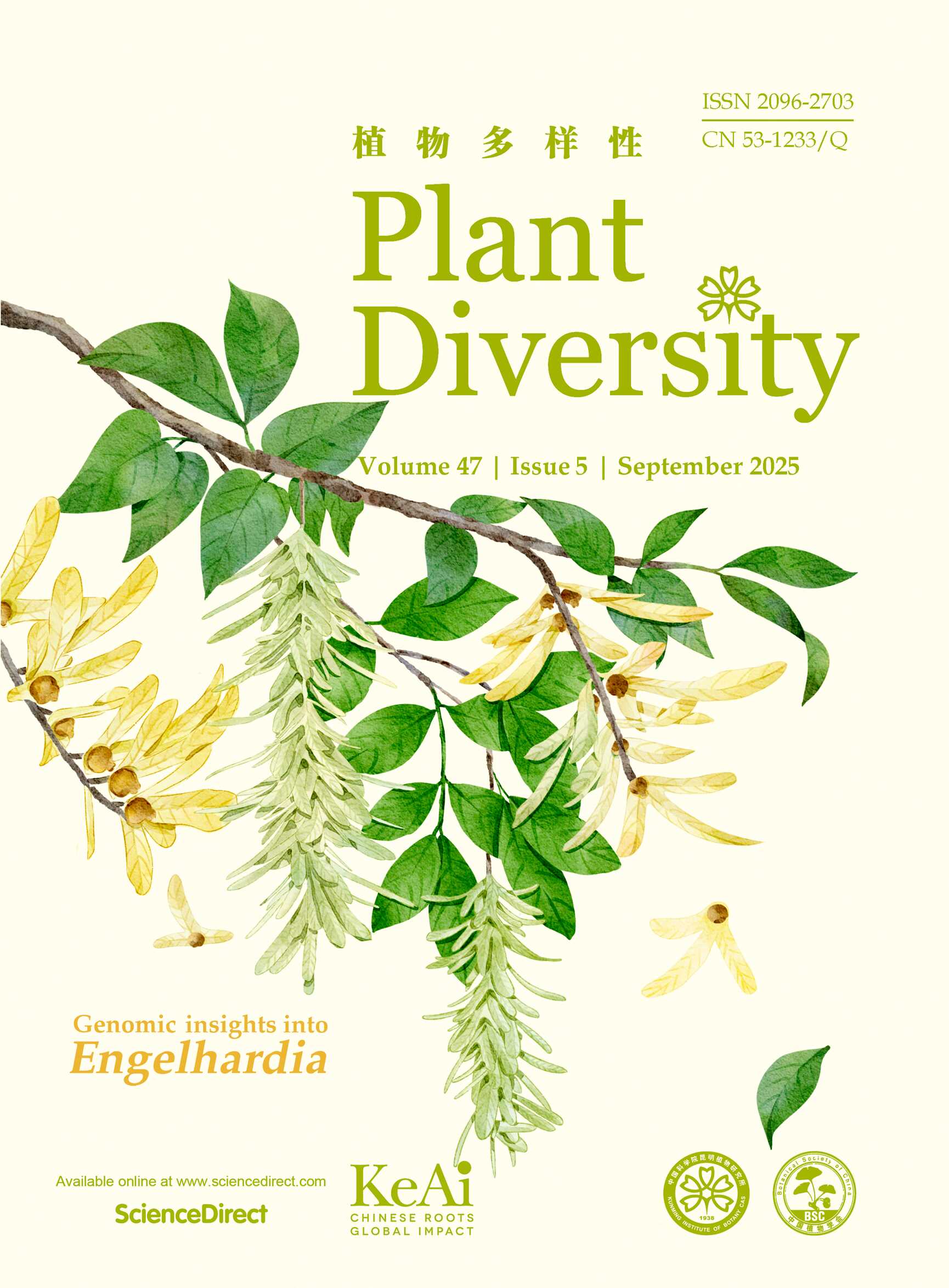The East Asian Summer Monsoon (EASM) has profoundly shaped subtropical evergreen broad-leaved forests (EBLFs), yet the genomic basis of plant adaptations in these forests is poorly understood. In this issue, the assembly of high-quality genomes of five Engelhardia taxa and one Rhoiptelea species by Li et al. (p. 718) showed that divergence of evergreen Engelhardia taxa from deciduous relatives coincided with EASM intensification. This study also found that in E. fenzelii volatile plant defenses to monsoon environments were enhanced by a striking expansion of terpene synthase (TPS) genes, driven by multiple modes of duplication. Genomic differences were further created by transposable element activity, and demographic analyses revealed that human disturbance has further exacerbated long-term population decline. These findings illuminate the complex relationships between genomic variation, environmental change, and adaptive responses driven by the EASM, while offering critical insights into the conservation of EBLFs. The cover shows branches with infructescences of Engelhardia fenzelii (少叶黄杞).

(Image Credit: LI Min)
More about: Plant Diversity




